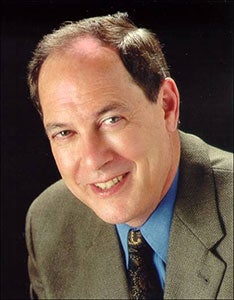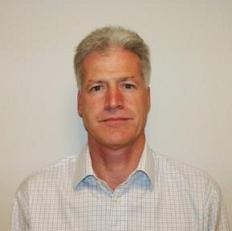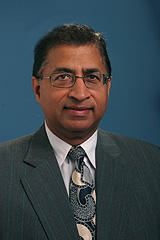Congratulations to Drs. Ashwal, Obenaus and Bhanu on new NIH Stem Cell Award
Dr. Andy Obenaus, a Professor at Loma Linda University and Adjunct Professor in Cell Biology and Neuroscience at UCR, and Dr. Bir Bhanu, a Professor in UCRs School of Engineering, are both part of a team of investigators recently funded by NIH to conduct research on neuroimaging techniques that may ultimately be used to treat neonatal hypoxic-ischemic using neural stem cells (NSC). Both Dr. Obenaus and Dr. Bhanu are members of UCRs Stem Cell Center.
Dr. Steve Ashwal, Division Chief of Child Neurology at Loma Linda Medical School, is the Principle Investigator on their NIH R01 entitled “Neonatal Brain Ischemia: Neuroimaging as a basis for rational Stem, Cell Therapy”, and Dr. Evan Snyder of the Burnham Institute, who is a neural stem cell specialist is another Co-PI on this project.
This grant, which is translational in nature, addresses many of the problems that must be considered before actual use of neural stem cells (NSC) to treat human patients. This team will be using a rat pup model to evaluate non-invasively the migration, proliferation and location of NSC introduced into injured brain tissue. It is hoped that such transplants would aid in repair of the injury site and be able to restore normal functioning to the brain.
In their work they will first determine if neuroimaging parameters correlate with hNSC fate using a rat pup model and they will establish if iron labeling adversely affects NSC or causes additional injury. They will then determine if neuroimaging can be reliably used to determine the site, dose and timing of implantation for optimal structural and metabolic recovery of injuries sites. Finally, they will use neuroimaging to determine if the ability of NSC to improve structural, metabolic and behavioral outcome depends on the severity of the initial injury. The data from this study will be very important in eventually determining the feasibility of using NSC in the treatment of brain injury in humans.
Parts of the research including growing the stem cells for use in transplantation will be done in UCRs new Stem Cell Core facility which is nearing completion.
Congratulations to this team – we look forward to seeing the outcome of their work with NSC in the hypoxic-ischemic brain injury model.


